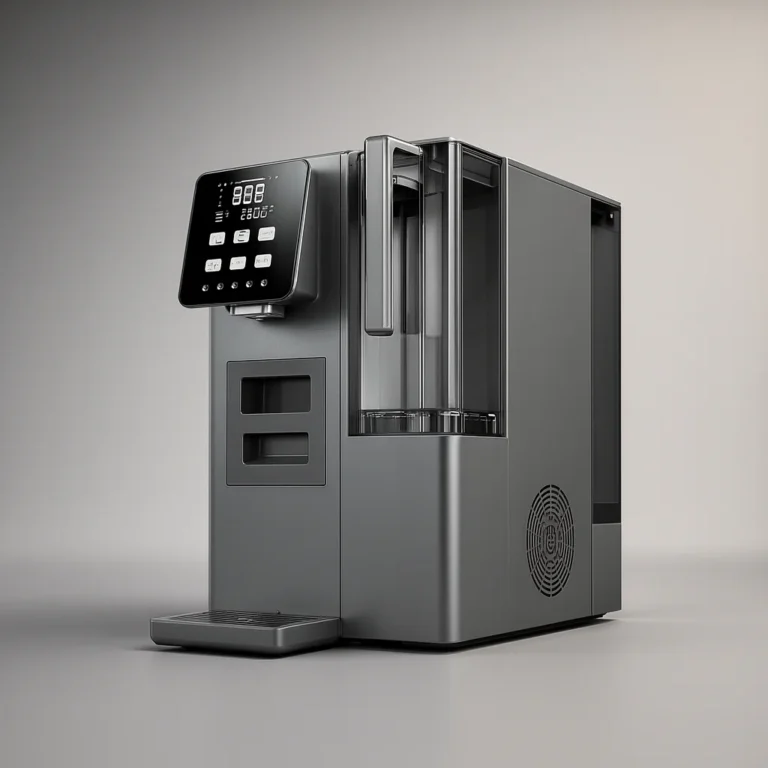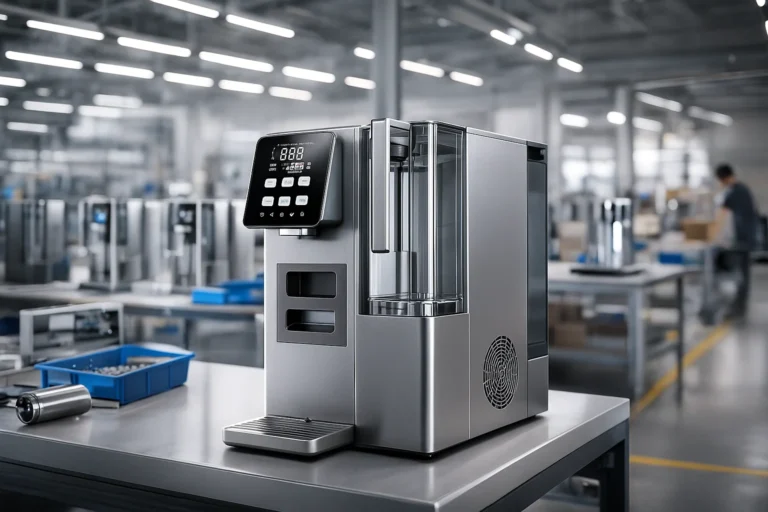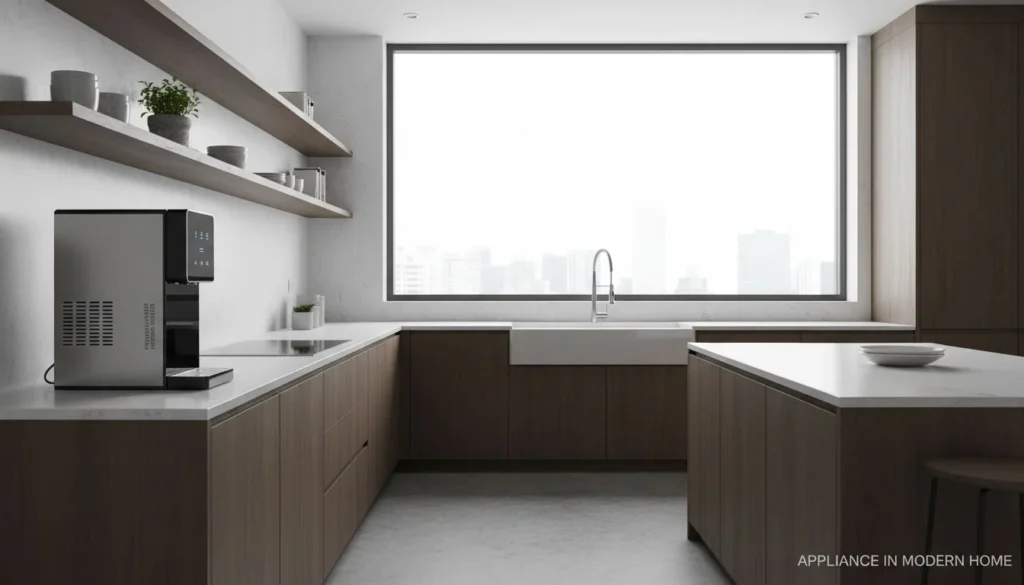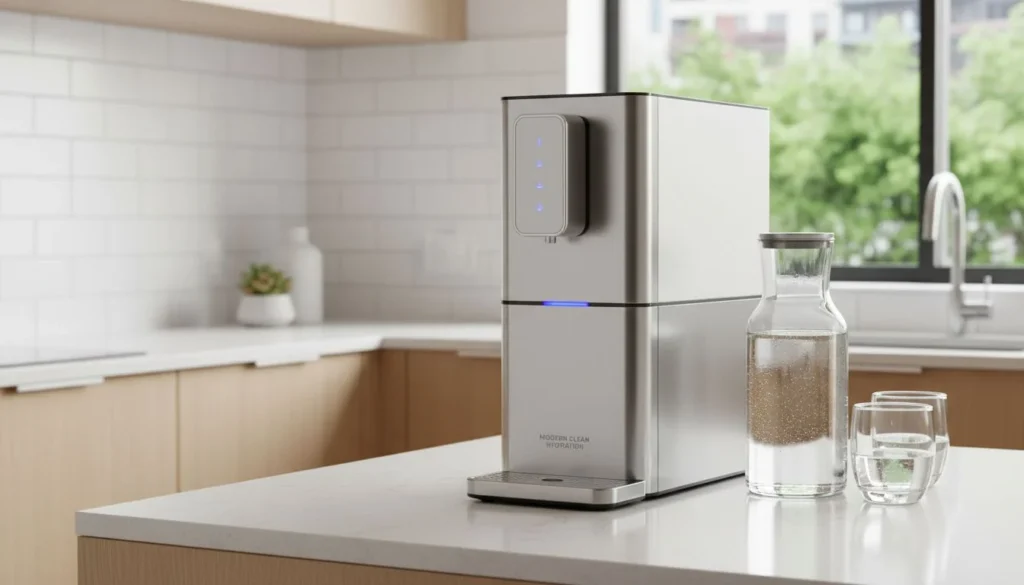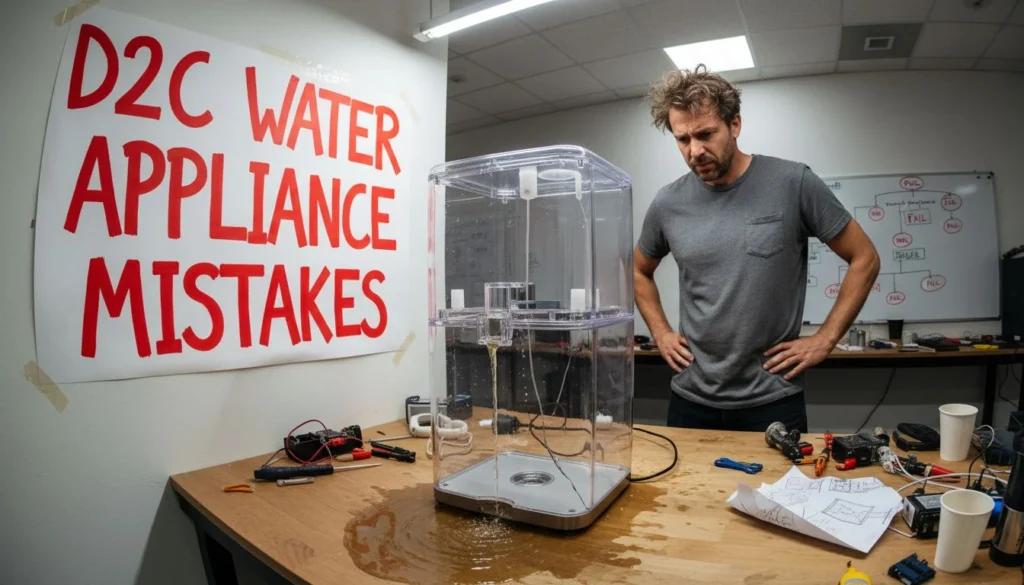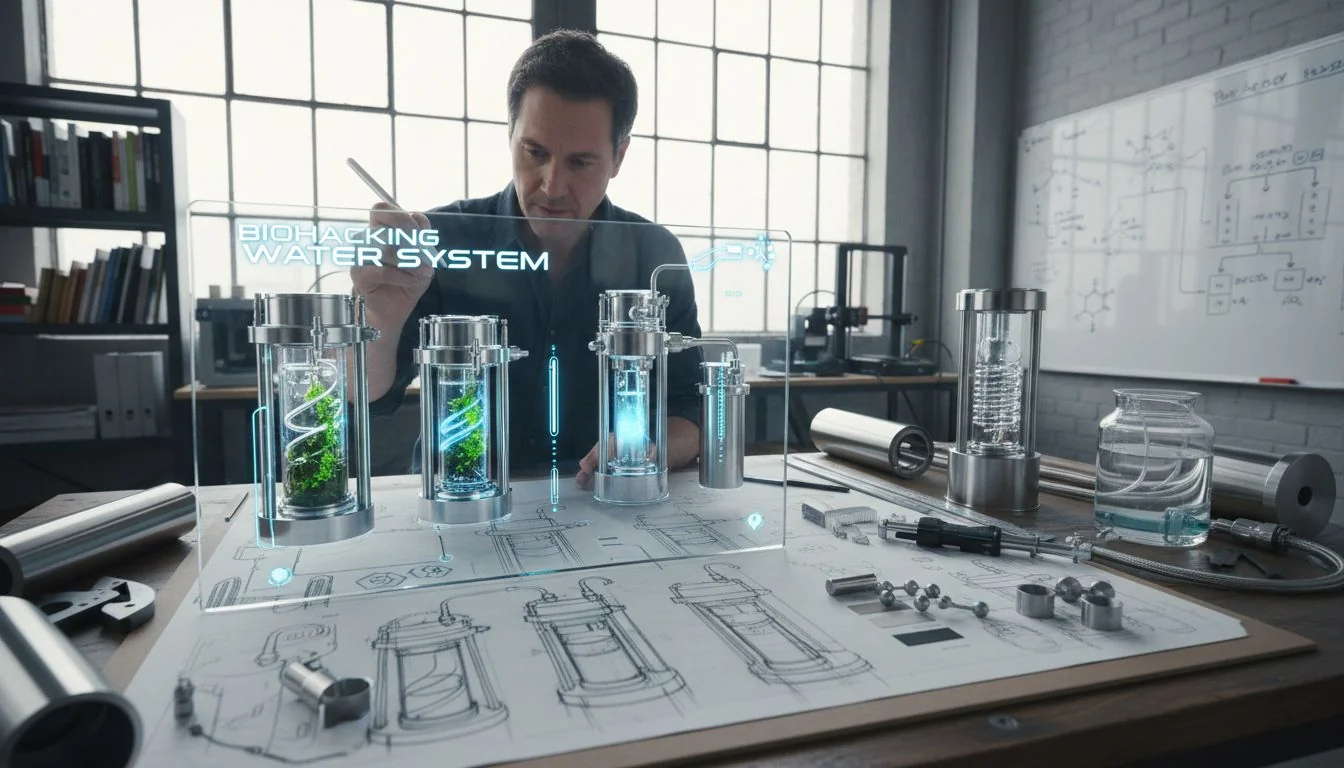
Designing for biohackers is tough. They reject standard plastic components because they fear hormonal disruption. You need a new approach to materials and filtration engineering to satisfy this demanding niche.
Biohacking consumers demand water purification systems that eliminate "estrogenic" plastics, remove all contaminants via Reverse Osmosis1, and re-mineralize the water. For designers, this means prioritizing stainless steel construction, precise temperature control, and multi-stage filtration logic to support mitochondrial health and gut flora.
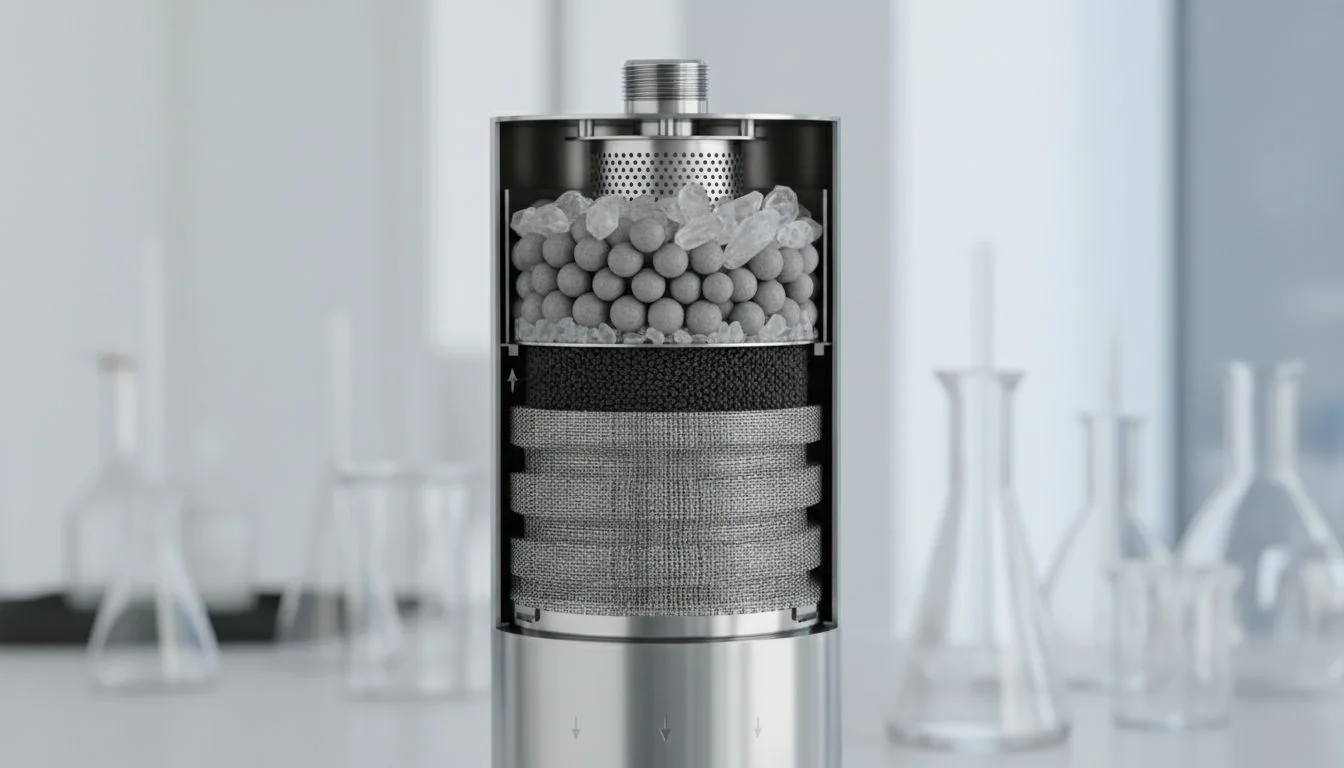
Many designers miss these nuances and treat water purifiers as simple appliances. However, this specific market views them as medical devices. Let's explore the specific engineering requirements you need to know.
Plastic water containers release microplastics and estrogenic chemicals when heated.Verdadeiro
Heat accelerates the leaching of chemicals like BPA and phthalates from plastics into water.
Reverse Osmosis water is the healthiest option without any further treatment.Falso
RO water is acidic and lacks minerals, which can leach minerals from the body if not remineralized.
Why Is Water the Foundation of the Longevity Stack?
You might think water is just for hydration. Biohackers disagree. They see it as fuel for cellular performance, and standard designs often fail to meet their high standards.
Water is viewed as a nutrient delivery system. Designers must treat the purification unit as "Biological hardware2" that optimizes mitochondrial function, not just a kitchen appliance. This shift requires us to rethink the user interface and the internal flow of the machine.
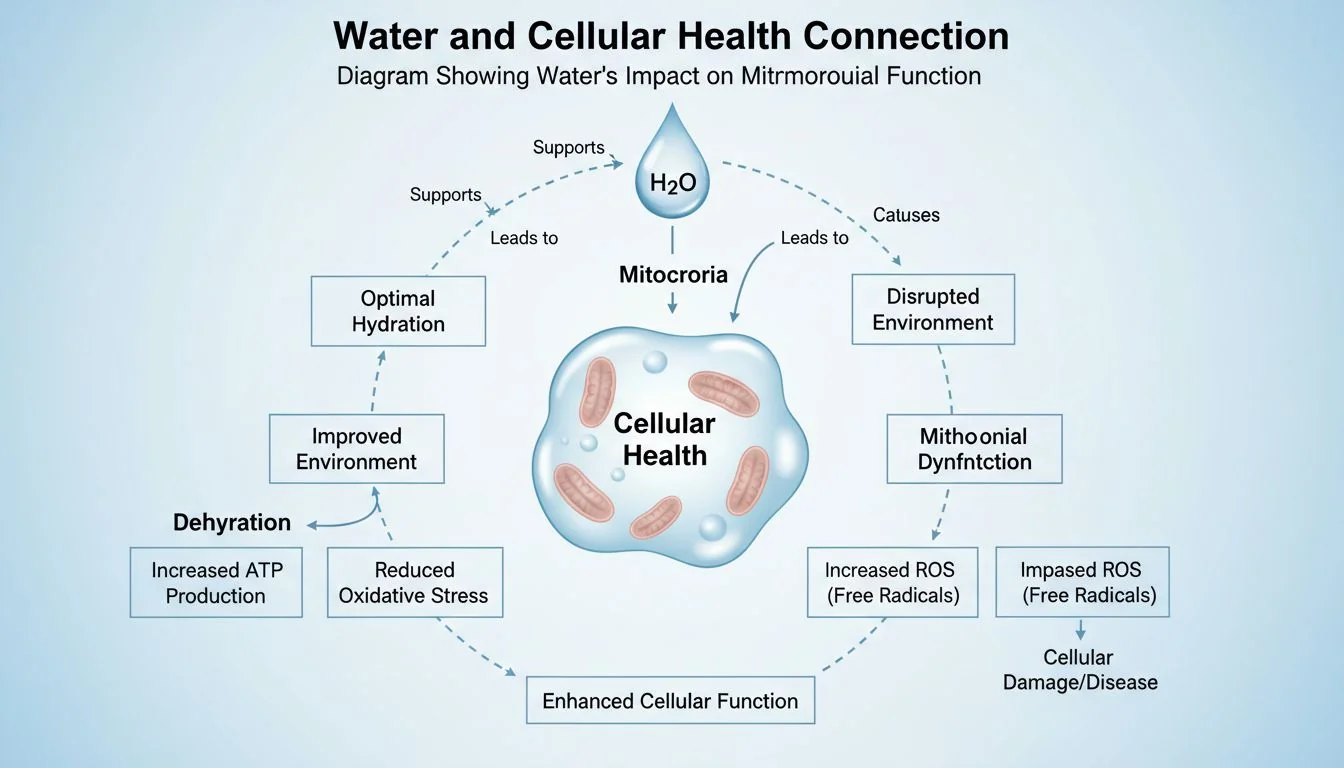
When we design molds for consumer electronics, we focus on aesthetics and assembly. But for the longevity market, we must focus on "systemic impact." Standard marketing says a product "tastes good." Biohacking marketing says it "reduces Systemic inflammation3." As designers, we are not just building a box that holds water. We are building a tool for their "N=1 experiments."
Biohackers see themselves as citizen scientists. They want a "Lab Partner," not a factory product. This means the build quality must feel industrial and precise. If we use cheap casing or loose fittings, they will not trust the machine to protect their biology. We need to position manufacturers like Hisoair as engineering labs. The design language should reflect precision. Think of the difference between a toy and a surgical tool. That is the gap we need to bridge in our design thinking.
| Caraterística | Standard Consumer View | Biohacker View |
|---|---|---|
| Goal | Hydration | Mitochondrial Optimization |
| Material | Plastic is fine | Plastic is poison (Estrogenic) |
| Filtragem | Taste improvement | Gut Biome Protection |
| Vibe | Kitchen Appliance | Biological Hardware |
Biohackers prioritize taste over chemical composition.Falso
Biohackers prioritize chemical purity and biological impact over taste.
Systemic inflammation can be influenced by water quality.Verdadeiro
Contaminants in water can trigger immune responses leading to inflammation.
Does Reverse Osmosis Serve as the Necessary Baseline?
Tap water contains chlorine that destroys gut bacteria. Simple carbon filters are not enough. You need to design systems that strip everything out first to ensure total purity.
Biohackers view the Gut microbiome4 as sacred. Chlorine acts like an antibiotic bomb. Therefore, Reverse Osmosis (RO) is the non-negotiable baseline for removing chlorine, fluoride, and heavy metals to protect the internal ecosystem.

I have seen many mold designs for simple gravity filters. These are cheap to make but they do not work for this market. The biohacker wants to protect their "internal ecosystem." They know that chlorine kills bacteria. It kills the bad bacteria in the pipes, but it also kills the good bacteria in their gut. This is a major problem for them.
To solve this, we must design for Reverse Osmosis (RO). This changes the mold requirements significantly. RO systems operate under high pressure. The housing must be thicker and more robust than a standard filter. We need to calculate shrinkage carefully for these high-pressure vessels. If the seal fails, the product leaks. Furthermore, RO creates waste water. Our design must include efficient routing for this discharge. We cannot just hide it. We must engineer it to be seamless. The goal is "Absolute Purity." We strip the water down to zero, removing all threats. This is the blank canvas they require.
Chlorine in tap water is harmless to the human microbiome.Falso
Chlorine is a biocide and can negatively affect the diversity of gut flora.
Reverse Osmosis removes fluoride and heavy metals.Verdadeiro
RO membranes are effective at filtering out very small molecules including fluoride and metals.
Can We Eliminate Plastics to Ensure Hormonal Safety?
Men in the biohacking community fear low testosterone. They blame plastics. If your design uses plastic reservoirs, they will not buy it, no matter how good it looks.
"Estrogenics" are chemicals in plastics that mimic estrogen. To appeal to this demographic, designers must switch to stainless steel pathways. This signals "hormonal neutrality" and safety for the user's endocrine system.

This is the most critical insight for us as mold experts. The biohacking community is terrified of "Estrogenics." These are chemicals that lower testosterone. They believe plastic equals estrogen. If we design a water system with a plastic tank or plastic tubing that sits in hot water, we have failed. They will view the water as "polluted" by the machine itself.
We must advocate for stainless steel. From a manufacturing standpoint, this is harder. Stamping stainless steel requires different tooling than injection molding plastic. The tolerances are different. The assembly is different. But the value proposition is massive. By using stainless steel for all water contact paths, we create a "Hormonally Neutral" device. We can market this aggressively. We tell them: "Don't let your water filter lower your testosterone." This is a fear-based reason to upgrade to a premium unit like Hisoair's steel models. It turns a material choice into a health benefit.
BPA-free plastic is completely safe from estrogenic activity.Falso
Many BPA replacements still exhibit estrogenic activity.
Stainless steel is an inert material for water storage.Verdadeiro
Stainless steel does not leach chemicals into water, making it hormonally neutral.
How Do We Solve the Problem of Dead Water?
RO water is pure but "dead." It leaches minerals from the body. You must engineer a solution to put the good stuff back in after filtration.
Pure RO water is aggressive and acidic. To prevent mineral leaching, the system must include a Re-mineralization5 stage. This restores the biological profile, bridging the gap between sterile water and "living" water.

Here is the engineering conflict. We used RO to remove everything, but now the water is "dead." It is acidic. If you drink only this, it can pull minerals out of your body. Biohackers know this. They talk about "Structured Water" or "Live Water." While "structured water" is scientifically controversial, the issue of "dead water" is real.
We need to design a "bridge." This is the re-mineralization cartridge. In our mold design, this means adding a final stage after the RO membrane. It is not just another filter; it is an additive stage. We need to ensure the flow rate allows enough contact time for the water to pick up magnesium, calcium, and potassium. We are "restoring the water's biological profile." We are not just cleaning water; we are engineering a nutrient. This feature turns a negative (RO strips minerals) into a positive (we control exactly what minerals go back in).
Drinking demineralized water long-term is beneficial.Falso
It can lead to electrolyte imbalance and mineral deficiencies.
Remineralization raises the pH of RO water.Verdadeiro
Adding alkaline minerals neutralizes the acidity of RO water.
Why Is Temperature Control Critical for Protocol Efficiency?
Biohackers track everything. They drink specific temperatures at specific times. A simple hot/cold switch is too basic for their morning protocols.
Precise Temperature control6 allows users to execute health protocols, like warm water for digestion or cold for thermogenesis. The interface must offer exact degree settings, turning the device into a precision tool.

Standard users just want tea or cold water. Biohackers run "protocols." They might want 50°C water to wake up their gut in the morning without shocking it. Or they might want near-freezing water later. If our design only offers "Hot" and "Cold," we limit them.
We need to integrate precise digital controls. This affects the PCB design and the UI panel on the mold. We need sensors that are accurate. We are selling "Protocol Efficiency." When a user wakes up, they want to press one button and get the exact hydration they need for their routine. This makes the machine feel like a piece of lab equipment. It supports their lifestyle. It transforms the device from a passive object into an active participant in their health journey. This precision justifies a higher price point and builds loyalty with this specific user base.
Cold water can stimulate thermogenesis.Verdadeiro
The body expends energy to warm the water, slightly increasing metabolic rate.
Temperature precision is irrelevant for tea brewing.Falso
Different teas require specific temperatures to avoid bitterness and release compounds.
Conclusão
To win the biohacking market, we must design "biological hardware," not just appliances. By using stainless steel, RO filtration, and precise controls, we empower their health experiments.
References
-
Explore how Reverse Osmosis can ensure water purity and protect gut health. ↩
-
Understand the concept of biological hardware and its significance for health. ↩
-
Discover the link between water contaminants and inflammation in the body. ↩
-
Find out how contaminants in water can affect gut health. ↩
-
Understand how re-mineralization restores essential minerals in purified water. ↩
-
Learn how temperature control can enhance health protocols for biohackers. ↩


